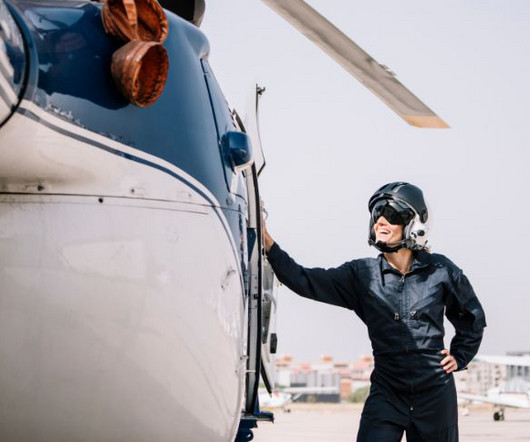Quiz: Basic Aircraft Aerodynamics
Flight Training Central
MAY 7, 2024
Straight-and-level flight, turns, climbs, and descents. The term 'angle of attack' is defined as the angle between the airplane's longitudinal axis and that of the air striking the airfoil. Air traveling faster over the curved upper surface of an airfoil causes lower pressure on the top surface. The horizontal component of lift.











Let's personalize your content